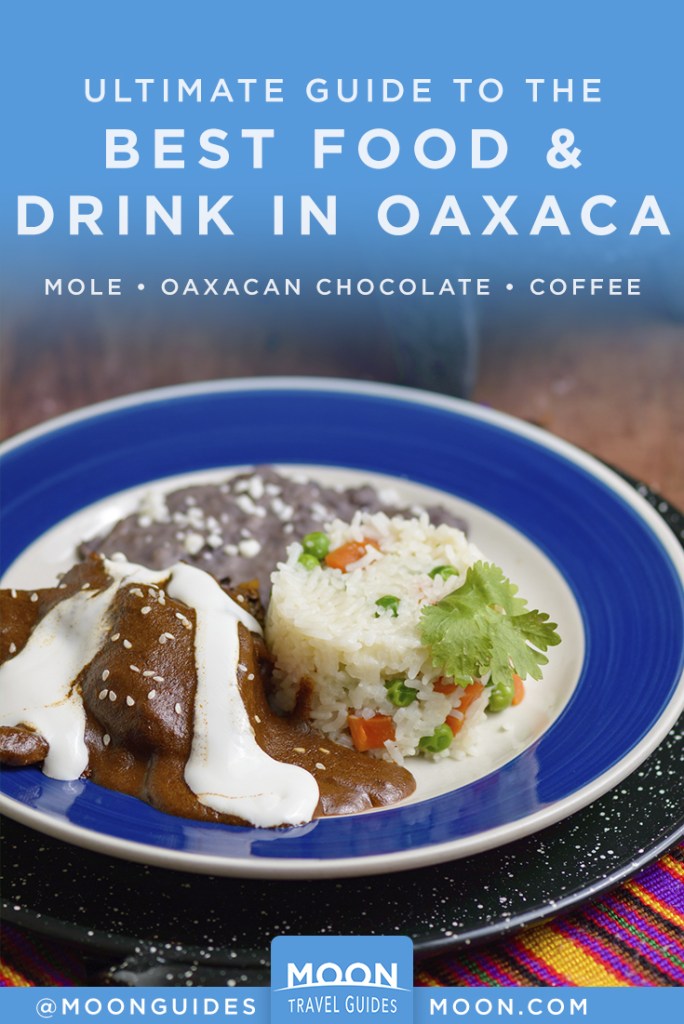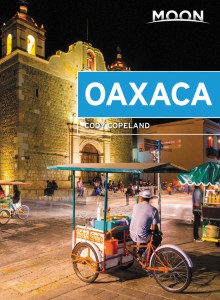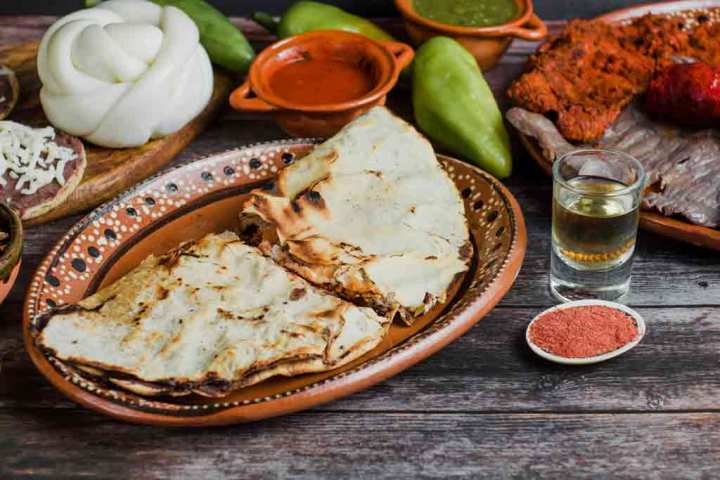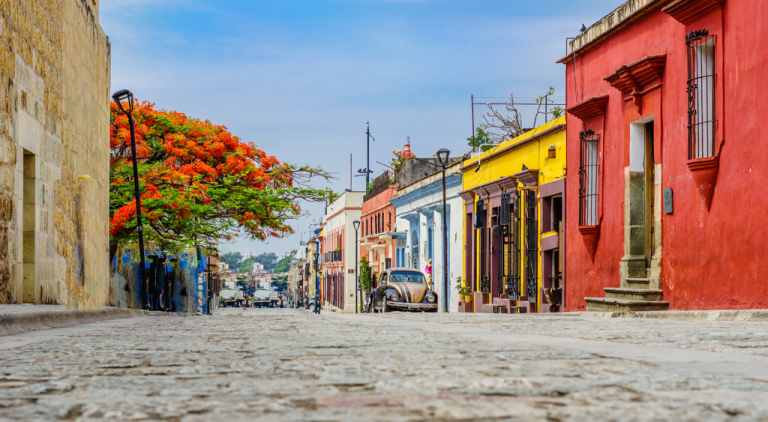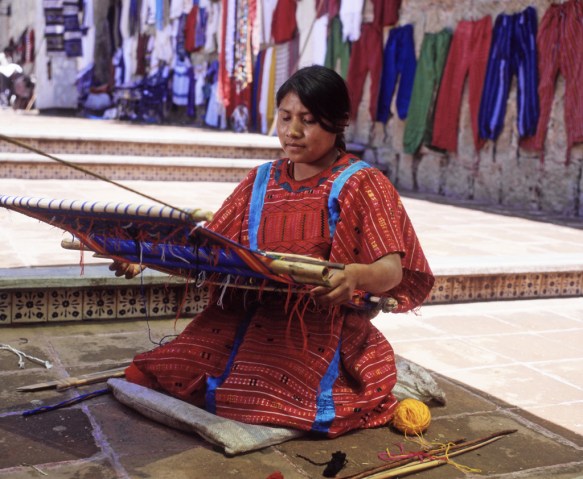The Ultimate Guide to the Best Food and Drink in Oaxaca
Oaxaca boasts enough sights, stories, and activities to keep travelers of all types occupied and happy, but for us flavor fiends, it’s paradise. To eat here is to venture into landscapes of flavor so different from anywhere else in the world that your tongue might as well be on another planet. What’s more, Oaxacan gastronomy is colorful, storied, and spicy enough to satisfy all those other reasons for leaving home.

Start your journey off with a morning cup of Oaxacan chocolate, a recipe unique to the state. From here, you can venture forth to other beverages you won’t find anywhere else in the world. For example, the cool, dry nights of the Valles Centrales are a key ingredient in the pre-Hispanic drink called tejate. The flor de cacao, a small flower that isn’t actually from the cacao plant, needs these conditions to create the sweet foam that rises to the surface. Also on the itinerary are espuma, a different foamy chocolate drink from Zaachila, and the chocolate-atole of Teotitlán del Valle. The Zapotec women of Juchitán, in the Istmo de Tehuantepec, make bupu, which is similar to the espuma of Zaachila (bupu means “foam” in Zapotec), but much sweeter.
Most of the coffee you try in the state is from Pluma Hidalgo, in the Sierra Sur. Pluma coffee is strong and bold, with a heavy acidity. Other regions, such as the Sierra Norte and parts of La Mixteca, produce milder coffees. Mezcal, distilled from the maguey (also called agave) plant, is Oaxaca’s most famous alcoholic beverage. Oaxaca City and the Valles Centrales are the best places to taste and learn about mezcal.

From here, we move on to mole negro, a plate with ingredients that include chocolate, charred corn tortillas, chiles so rare they’re endangered, and a laundry list of seeds, nuts, and spices that cooks elsewhere would break up into numerous dishes. And that’s only the first leg on a trip that includes many other distinct and complex mole recipes.
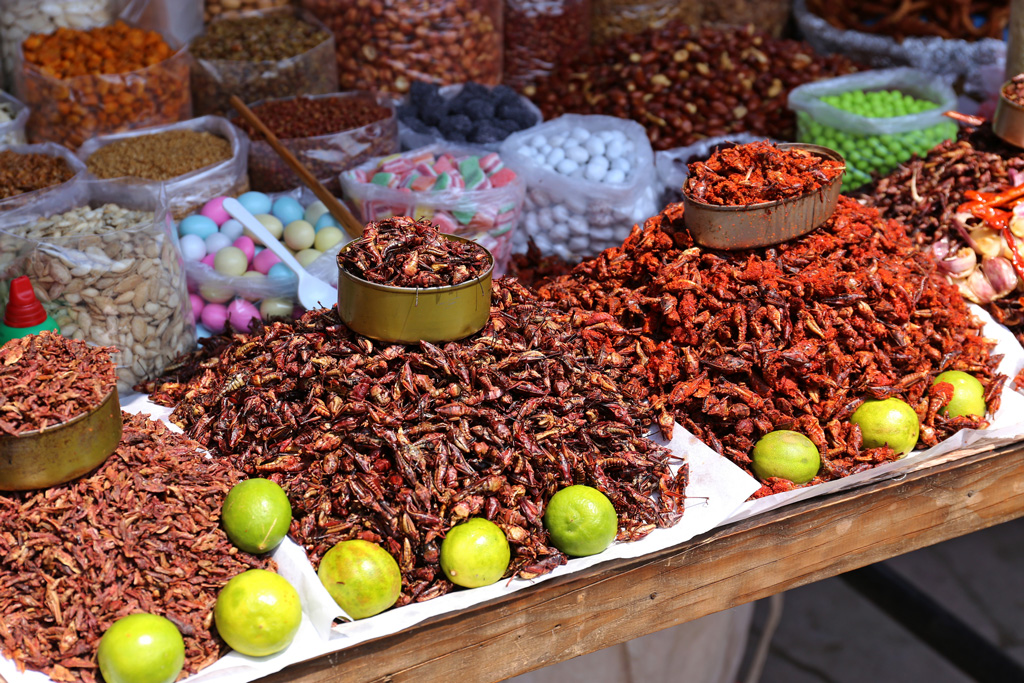
The gastronomically intrepid will be delighted to hear that the ancient practice of entomophagy, or eating insects, is alive and well in Oaxaca today. In every market in the state, you’ll find vendors of chapulines, grasshoppers fried with chiles, garlic, and lime, and experimental chefs in Oaxaca City love jazzing up a plate with the tasty little critters. The worms that live in maguey hearts are eaten here, as well, and often ground up for the sal de gusano (worm salt) served with fresh orange slices alongside a glass of mezcal.
The key to the deliciousness of the tlayuda, Oaxaca’s overgrown version of a quesadilla or tostada, lies in a sneaky little ingredient called asiento (vegans beware!), which is the lard left over from frying pork. Hidden under all the beans, cheese, veggies, and meat, the asiento is what gives this paragon of tortilla-based food its distinctive flavor.
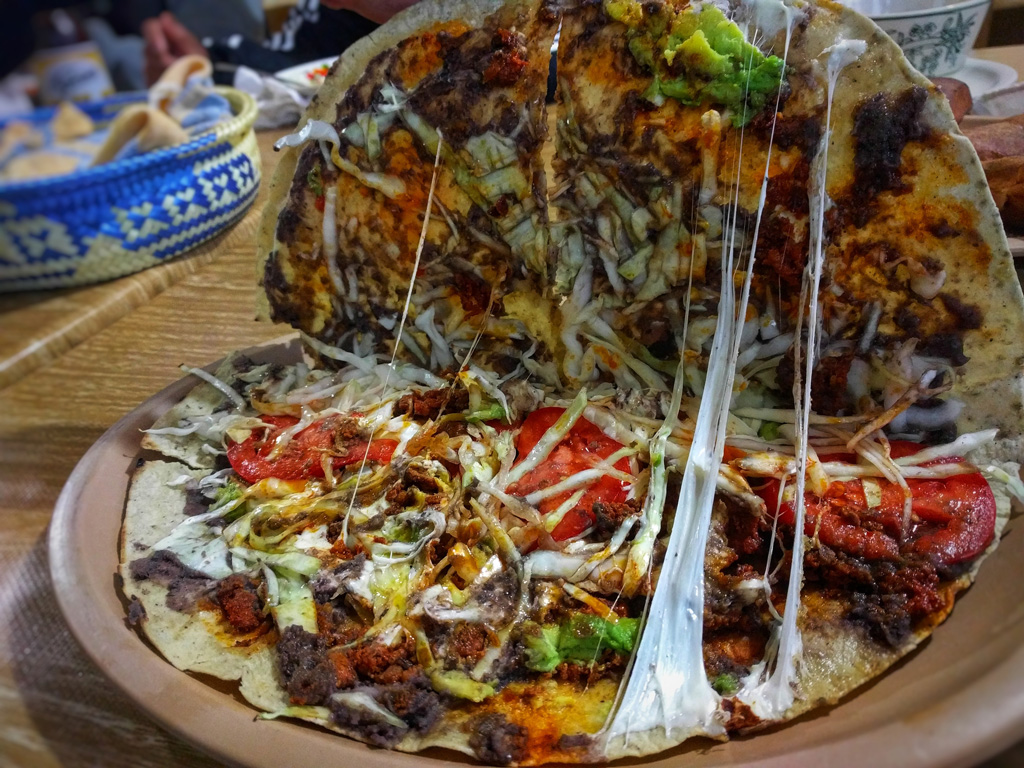
Go from the gigantic tortilla of the tlayuda to the squat little fried ones of garnachas of the Istmo de Tehuantepec. These tasty snacks are topped with shredded beef, crumbly queso fresco cheese, tangy pickled cabbage, and spicy red salsa.
And that cheese . . . the stringy, tangy, oh-so-perfectly melty cheese called quesillo was the product of a fortunate accident in Reyes Etla over a century ago.
Here are the best (and in some cases, only) places to sample and learn about these Oaxacan delicacies:
Food
- mole negro (black mole) — available in most parts of state; Restaurante El Patio in Tlaxiaco (La Mixteca) is highly recommended
- mole de caderas (goat-meat mole) — La Mixteca, primarily in and around Huajuapan de León; also restaurant Tierra del Sol in Oaxaca City; only available seasonally (mid-Oct.-mid-Nov.)
- goat and lamb barbacoa (slow-roasted barbecue) — Tlacolula and Zaachila (Valles Centrales)
- barbacoa en rollo (rolled beef barbacoa) — Zaachila (Valles Centrales); only on Thursday, the town’s market day
- tlayuda (overgrown quesadilla/tostada) — available statewide; best is found in La Mixteca (try Cenaduría Chiquirunguis in Nochixtlán)
- garnacha (deep-fried tostada) — specialty of Tehuantepec, Juchitán, and other towns in the Istmo de Tehuantepec
Beverages
- tejate (foam-topped nutty/chocolatey drink) — Oaxaca City and Valles Centrales
- espuma (foamy chocolate-based drink) — Zaachila (Valles Centrales)
- mezcal — available statewide; best places to taste and learn are Oaxaca City and Valles Centrales
- coffee — available statewide; most comes from the coffee plantations of Pluma Hidalgo (Sierra Sur)
Each recipe in the Oaxacan cookbook is a new adventure through the history and teeming imagination of the people who prepare it, so when a Oaxacan tells you Buen provecho (Bon appétit), they’re also saying Buen viaje (Bon voyage).
Start planning your adventure.
By clicking ‘Sign Up,’ I acknowledge that I have read and agree to Hachette Book Group’s Privacy Policy and Terms of Use
What to read next:
Pin for Later
